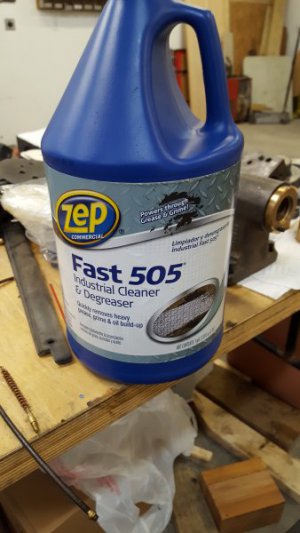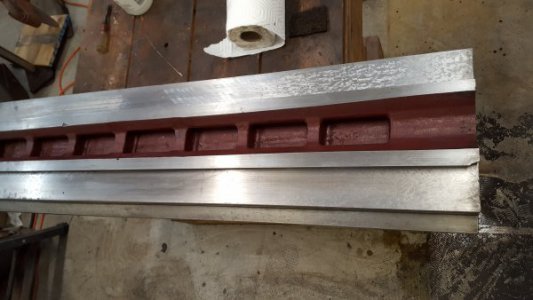- Joined
- Mar 19, 2014
- Messages
- 2,682
With that crusty rust, sometimes a soaking with like WD40 and using a new razor blade angled. You can shave off the crusty stuff. BUT, and I mean this very cautiously, if you are not careful, you can scratch the surface. Once you get below the crusty rust it’s much easier to finish up the remaining rust. Sorry you do not like Evaporust, I do. If your parts are turning black, I think you are leaving them too long in the Evaporust. On really big surfaces/jobs. I soak paper towels in Eaporust and lay the towels over the rusted areas. “Keeping the towels wet”. And again be very careful and totally cover you project. Any area not covered or air pocket could leave a discoloration when you job is done, Also, cast iron can look awful and give the impression it’s beyond help when it has rust on it. I have been pleasantly surprised more than not and found a decent looking cast iron surface under the rust…Good Luck, Dave
Last edited:


